
History
Designed by R. Buckminster Fuller for Henry Kaiser in 1957, The Dome’s space-age facade stood as an shining beacon drawing the region together. Originally a gathering place for industry conventions, car and collectible shows, private parties, school dances, and even roller skating, by the late 1960s the Oceanfront icon had evolved into Virginia Beach’s entertainment epicenter. Embracing waves of jazz, soul, and rock ‘n’ roll to psychedelic, hard rock, and metal, this music mecca rode the shifting sounds of the time.
As a vacation hotspot for families from across the country, every summer its halls filled with visiting teenagers screaming for legendary acts like Louis Armstrong, Ray Charles, The Rolling Stones, Jimi Hendrix, and Black Sabbath. But by the 1980s the aging structure’s time had run out, and on September 9, 1994, the original Dome was reduced to an empty lot—until now.
Ascending from the same place after almost 30 years, Atlantic Park is bringing the community back to Oceanfront with a "live, work, play" destination featuring a year-round surf park. Rising at its center, a new indoor-outdoor music hall is finally resurrecting Virginia Beach’s iconic entertainment epicenter, picking up where it left off as the one and only Dome.
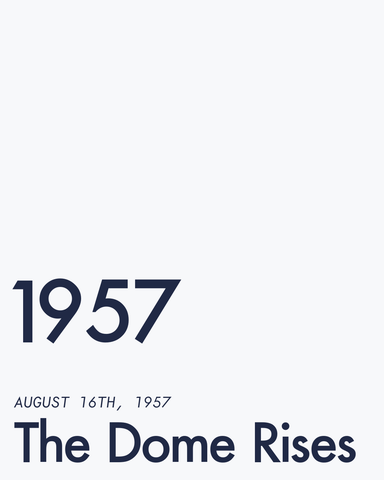
From August 15-16th, 1957, the Virginia Beach Civic Center was erected in just 30 hours by a 21-man crew. The first of its kind in the United States, a wide-open aluminum shell made up the geodesic auditorium referred to simply as The Dome.
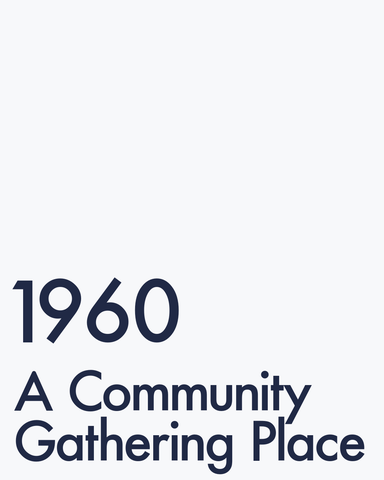
In the early 60s, The Dome was used as a multipurpose building, convention hall, and city auditorium. It hosted a variety of events ranging from antique, car, and craft shows to private parties and dance recitals. It even functioned as a roller rink for a period of time.

To match its futuristic facade and commemorate America's first space flight based out of the area, The Dome, then known as the Virginia Beach Convention Center was renamed for local astronaut Alan B. Shepard.
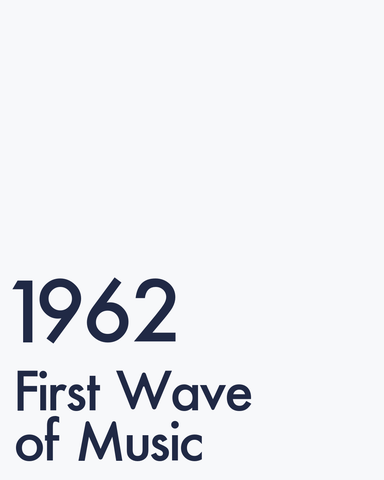
In 1962, Gene Loving, a producer working at WLEE radio, introduced new musical acts to Virginia Beach, booking shows throughout the summer and transforming The Dome into a can't-miss entertainment venue.
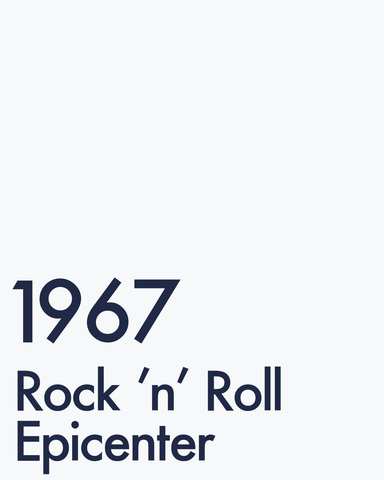
By the late '60s, The Dome had fully eclipsed its role as a civic center and transformed into a mecca for Rock 'n' Roll. People from across the country would flock to The Dome to see legendary acts like the Rolling Stones, The Who, and the Grateful Dead.

By 1968, the Virginia Beach music scene embraced the psychedelic era and counterculture movements arising from antiwar sentiments that formed across the country due to the Vietnam War. During this time, the Jimi Hendrix Experience made its way to The Dome for two shows, both recalled as legendary performances, where Hendrix debuted Voodoo Child in the US for the first time, lit his guitar on fire, beat up an amp, smashed a watermelon, and broke his guitar to pieces, tossing it into the crowd as police stormed the stage.
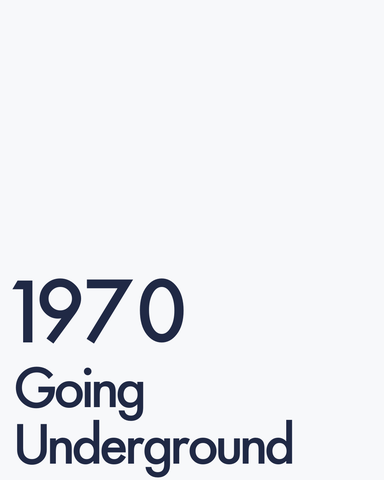
By the early 70s, other nearby venues with larger capacities and better technologies had opened, making it challenging for The Dome to book the big-name acts of the time. During this period, The Dome adapted as an enclave for underground music with smaller followings—acts like Black Sabbath, Alice Cooper, and Frank Zappa played during this time.
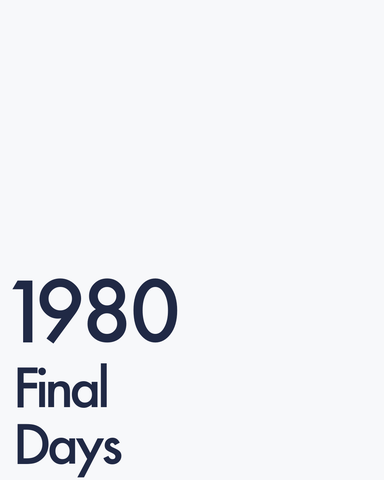
By the early 80s, The Dome's infrastructure began to crumble and the venue was rarely booked for musical performances. Its primary function pivoted back to trade shows, small conventions, proms and debutante balls, auto shows, and other events as it saw its glory days nearing the end.
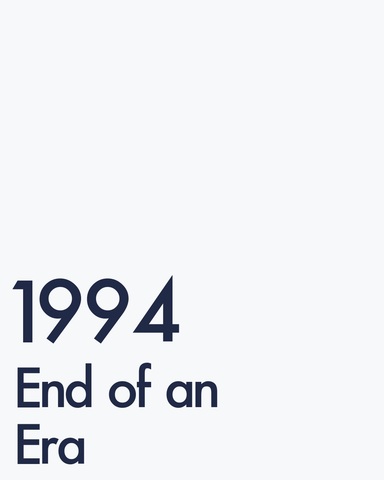
By the early 90s, it became clear that The Dome's story was coming to an end. On June 30, 1993, Three Dog Night played the venue's last show—the next year, on September 9, 1994, it was gone.

After 30 years since it bid farewell, The Dome is returning as a fluid indoor-outdoor music hall specifically shaped for the enjoyment of sound. Anchoring a new mixed-use neighborhood, its second incarnation mixes an indoor auditorium with an outdoor amphitheater, combining the best of Virginia Beach into one incredible music venue. Rising from the Oceanfront, The Dome once again unites the community as Virginia Beach's iconic entertainment epicenter.